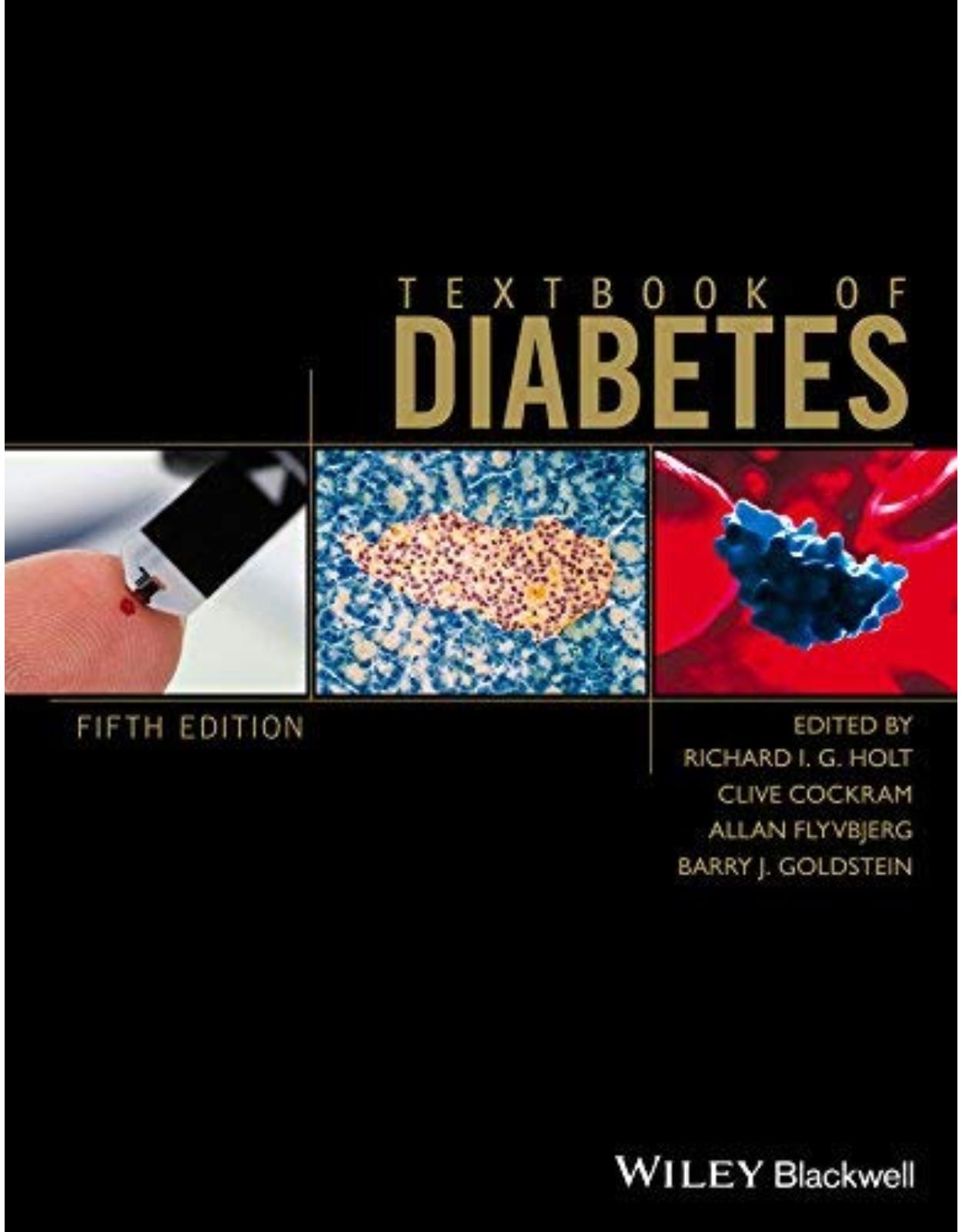
Textbook of Diabetes
Livrare gratis la comenzi peste 500 RON. Pentru celelalte comenzi livrarea este 20 RON.
Description:
Now in its fifth edition, the Textbook of Diabetes has established itself as the modern, well-illustrated, international guide to diabetes. Sensibly organized and easy to navigate, with exceptional illustrations, the Textbook hosts an unrivalled blend of clinical and scientific content. Highly-experienced editors from across the globe assemble an outstanding set of international contributors who provide insight on new developments in diabetes care and information on the latest treatment modalities used around the world. The fifth edition features an array of brand new chapters, on topics including:
Ischaemic Heart Disease
Glucagon in Islet Regulation
Microbiome and Diabetes
Diabetes and Non-Alcoholic Fatty Liver Disease
Diabetes and Cancer
End of Life Care in Diabetes
as well as a new section on Psychosocial aspects of diabetes.
In addition, all existing chapters are fully revised with the very latest developments, including the most recent guidelines from the ADA, EASD, DUK and NICE. Via the companion website, readers can access a host of additional online materials such as:
200 interactive MCQ's to allow readers to self-assess their clinical knowledge
every figure from the book, available to download into presentations
fully searchable chapter pdfs
Once again, Textbook of Diabetes provides endocrinologists and diabetologists with a fresh, comprehensive and multi-media clinical resource to consult time and time again.
Table of Contents:
Part 1 Diabetes in its Historical and Social Context
1 The History of Diabetes Mellitus
Ancient times
The 17th and 18th centuries
The 19th century
The 20th century
Causes and natural history of diabetes
Chronic diabetic complications
Physiology
Management of diabetes
Diabetic ketoacidosis
Diabetic pregnancy
Archives
Notes
References
Further reading
2 Classification and Diagnosis of Diabetes
Introduction
Definition
Classification of diabetes
Methods and criteria for diagnosing diabetes [5, 6]
Glycated hemoglobin (HbA1c) for diagnosis of diabetes
Type 1 diabetes (T1DM) [5, 6]
Type 2 Diabetes (T2DM)
Other specific types
Gestational diabetes (GDM)
Intermediate hyperglycemia or impaired glucose regulation (prediabetes)
Conclusion
References
3 Epidemiology of Type 1 Diabetes
Introduction
Occurrence of T1DM by age, sex, place, and time
Familial clustering and twin studies
Environmental risk factors for T1DM: clues from epidemiological studies
Mortality
Conclusions
Acknowledgments
References
4 Epidemiology of Type 2 Diabetes
Introduction
Risk factors for T2DM
Recent emerging risk factors
Methodological issues in the epidemiology of T2DM
Regional and ethnic patterns of T2DM worldwide
Impact of diabetes
Prevention of T2DM
Conclusions
Acknowledgments
References
5 The Global Burden of Diabetes
Introduction
Distribution
Major burdens
Economic costs of diabetes
Gaps and future directions
References
Part 2 Normal Physiology
6 Islet Function and Insulin Secretion
Introduction
Islet structure and function
Regulation of insulin secretion
Conclusions
References
7 Glucagon in Islet and Metabolic Regulation
Introduction
α-Cell anatomy and development
Proglucagon gene transcription, translation and peptide processing
Regulation of α-cell secretion
Glucagon actions: hepatic glucose and lipid metabolism
Non-hepatic effects of glucagon
Other α-cell peptides
Abnormalities of glucagon secretion and action in diabetes
Pharmacology based on glucagon action
References
8 Mechanism of Insulin Action
Introduction
Insulin receptor
IRS-proteins coordinate insulin and insulin-like growth factor signaling
PI3K→AKT cascade
AKT→mTORC1 cascade
AKT→mTORC2→AKT cascade
AKT→FOXO cascade
Heterologous regulation and dysregulation of the insulin and insulin-like growth factor signaling cascade
Post-translational regulation of insulin and insulin-like growth factor signaling
IRS2 as a gateway to β-cell function
References
9 Control of Weight: How Do We Get Fat?
Introduction
Genetic factors
Environmental factors
Medications and toxins
Neuroendocrine and behavioral regulation of energy homeostasis and the gut microbiome
Conclusions
References
Part 3 Pathogenesis of Diabetes
10 Autoimmune Type 1 Diabetes
Introduction
Epidemiology
Etiopathophysiology
Etiology
Pathogenesis
Humoral autoimmunity
Conclusions
References
11 Other Disorders with Type 1 Phenotype
Introduction
Atypical diabetes: heterogeneous etiologies of young-onset diabetes
Monogenic diabetes
Latent autoimmune diabetes in adults (LADA)
Other subtypes of diabetes with type 1 phenotype
Conclusion
References
12 Abnormalities of Insulin Secretion and β-Cell Defects in Type 2 Diabetes
Introduction
Physiological insulin secretion
Natural history of β-cell failure
Genetic predisposition
Abnormalities of β-cell function precede overt diabetes
Insulin secretion progressively worsens after development of T2DM
β-Cell dysfunction: exhaustion or insufficient mass?
Conclusion
References
13 Insulin Resistance in Type 2 Diabetes
Definition and measurement of insulin resistance in humans
Insulin resistance as a risk factor for type 2 diabetes mellitus (T2DM)
Insulin resistance in skeletal muscle
Insulin resistance in the liver
Insulin resistance in adipose tissue
Stepwise development of tissue-specific insulin resistance
Conclusion
Acknowledgments
References
14 Genetic Architecture of Type 2 Diabetes
The diabetes epidemic
The diabetes spectrum
Heritability of T2DM
The genetic architecture of T2DM
Difficulties in assigning functions to associated genes
Genotype-based treatment
Little common genetic basis for T1DM and T2DM
A holistic view – systems genetics
Conclusions
References
15 Metabolic Disturbances in Diabetes
Introduction
Carbohydrate metabolism
Carbohydrate metabolism in type 1 diabetes
Carbohydrate metabolism in type 2 diabetes
Lipid metabolism in type 1 and type 2 diabetes
Protein metabolism in type 1 and type 2 diabetes
Counter-regulatory hormones
Diabetic ketoacidosis
References
16 Obesity and Diabetes
Introduction
Definition of obesity and the body fat distribution pattern
Obesity is the most potent risk factor for type 2 diabetes
Genetic predisposition for obesity and type 2 diabetes
Developmental programming of obesity and diabetes
Pathophysiology of obesity
Environmental factors promoting obesity and type 2 diabetes
Pathophysiologic links between obesity and type 2 diabetes
Treatment of obesity in the context of the metabolic syndrome and type 2 diabetes
Conclusions
References
17 The Microbiome and Diabetes
The microbiome
The intestinal microbiome is associated with body mass
Composition of the intestinal microbiome is altered in T2DM
The intestinal microbiome can influence intestinal permeability
Metabolic endotoxemia
Metabolic endotoxemia in T2DM
Modulation of the intestinal microbiome is associated with improvements in insulin sensitivity
The microbiome contributes to T2DM risk via innate immune pathways
The microbiome contributes to T2DM risk via modulation of enteroendocrine cell function
The microbiome contributes to T2DM risk via modulation of bile acids
Type 1 diabetes
Conclusions and perspectives
References
Part 4 Other Types of Diabetes
18 Monogenic Causes of Diabetes
Introduction
Maturity-onset diabetes of the young
Prevalence of MODY mutations
Strategies to improve case-finding
Use of diagnostic and predictive molecular testing in monogenic diabetes
Glucokinase MODY
HNF1A and HNF4A (transcription factor MODY)
Other transcription factor MODY
Neonatal diabetes and diabetes diagnosed within 6 months of life
Diabetes with extrapancreatic features
Insulin resistance
Insulin receptor gene mutations
Inherited lipodystrophies
Other monogenic conditions associated with insulin resistance
Conclusions
References
19 Drug-Induced Diabetes
Introduction
Glucocorticoids
Second-generation antipsychotics
Oral contraceptive agents
Menopause hormone therapy
Thiazide diuretics
Beta-adrenoceptor antagonists
HMG CoA reductase inhibitors
Anti-retroviral therapy for human immunodeficiency virus (HIV)
Pentamidine
Fluoroquinolones
Calcineurin inhibitors
Diazoxide
Prevention and treatment strategies
References
20 Endocrine Disorders that Cause Diabetes
Introduction
Acromegaly
Cushing syndrome
Pheochromocytoma and paraganglioma
Other endocrine conditions causing disturbance of glucose tolerance
Endocrine disorders that associate with diabetes
References
21 Pancreatic Diseases and Diabetes
Introduction
Acute pancreatitis
Chronic pancreatitis
Tropical chronic pancreatitis
Hereditary hemochromatosis
Pancreatic neoplasia
Pancreatic surgery and diabetes
Cystic fibrosis
Conclusions
Acknowledgments
References
Part 5 Managing the Patient with Diabetes
22 Clinical Presentations of Diabetes
Introduction
Clinical considerations at presentation
Types of diabetes
Thirst, polydipsia, and polyuria
Weight loss
Blurred vision
Infections
Diabetic ketoacidosis
Hyperosmolar hyperglycemic syndrome
Macrovascular presentations
Microvascular presentations
Neuropathic syndromes
Pregnancy
Screening
Other presentations
Conclusions
References
23 The Aims of Diabetes Care
Introduction
St. Vincent's Declaration
The diabetes care team
Improving the outcome of the consultation
Following diagnosis
Ongoing clinic visits
Inpatient diabetes care
Involving people with diabetes in the planning of healthcare and service development
Conclusion
Acknowledgments
References
24 Educating the Person with Diabetes
Introduction
Theory underlying diabetes education
Identification and use of theory to guide method
Health education methods
Modalities of education
Educator skills in group-based diabetes education
Dialogue and participation in diabetes education—practical examples
Psychosocial support in diabetes education
Family perspectives in diabetes education
Evaluation of diabetes education
Conclusion
References
25 Lifestyle Issues: Diet
Introduction
Energy balance and body weight
Carbohydrate and diabetes
Dietary fat
Protein
Micronutrients
Salt or sodium
Sterols and stanols
Alcohol
Diet in special circumstances
References
26 Lifestyle Issues: Exercise
Defining exercise, type of exercise and intensity
Type 1 diabetes and exercise
Exercise and type 2 diabetes
Gestational diabetes and exercise
Exercise advice in type 1 and type 2 diabetes
References
27 Monitoring Diabetes
Why monitor?
Tests and their characteristics
Monitoring in clinical practice
The future of monitoring in diabetes
Conclusions
References
28 Drug Therapy: Special Considerations in Diabetes
Introduction
Drugs that raise blood glucose concentrations
Drugs that lower blood glucose concentration
Drug interactions that affect blood glucose concentrations
Hazards of general drugs when used in people with diabetes
Special precautions in diabetic complications
Drug interference with monitoring of diabetic control
Conclusions
References
Part 6 Treatment of Diabetes
29 Insulin and Insulin Treatment
Life (and death) before insulin
The discovery of insulin
The first insulins
Modifying the duration of action of insulin without altering its molecular structure
Modifying the duration of insulin action through altering its molecular structure
Biosimilar insulins
Different insulin concentrations
Reproducing physiological insulin delivery—the size of the problem
Oral, inhaled, intraperitoneal and intramuscular routes of insulin administration
Technique for subcutaneous injection of insulin
Complications of subcutaneous insulin therapy
Insulin regimens
Selecting the most appropriate insulin regimen
Declaration of interest
References
30 New Technologies for Glucose Monitoring and Insulin Administration
Introduction
Episodic blood glucose monitoring
Real-time continuous glucose monitoring
Continuous subcutaneous insulin infusion pumps
Closed-loop insulin delivery: the artificial pancreas
Insulin pens
Inhaled insulin
References
31 Oral Glucose-Lowering Agents
Introduction
Pathophysiological considerations
Guidelines and algorithms
Biguanides
Sulfonylureas
Meglitinides (short-acting prandial insulin releasers)
Thiazolidinediones
DPP-4 inhibitors
SGLT-2 inhibitors
α-Glucosidase inhibitors
Bromocriptine
Colesevelam
Antiobesity therapies
Fixed-dose combinations
Conclusions
References
32 Non-Insulin Parenteral Therapies
Introduction
Glucagon-like peptide-1 (GLP-1) and GLP-1 receptor agonists (GLP-1RAs)
Amylin and amylin analogs
References
33 How to Use Type 2 Diabetes Treatments in Clinical Practice: Combination Therapies
Introduction
Pathophysiological rationale for using multiple therapies
Individual glucose-lowering drug classes
Combination therapy: uses and evidence
Combination therapy: specific strategies
Guidelines
Future research needs
Conclusions
References
34 In-Hospital Treatment and Surgery in People with Diabetes
Introduction
Pathophysiology of hyperglycemia in acute illness
Evidence of harm from in-hospital hyperglycemia and effect of glucose lowering
Glycemic targets for hospitalized inpatients
Current recommended standards of care for hospital inpatients with diabetes
Management of in-hospital hyperglycemia
Avoiding and treating in-hospital hypoglycemia
Surgery in people with diabetes
Glucocorticoid use
Foot care
Conclusions
References
35 Hypoglycemia in Diabetes
Overview of the clinical problem
Physiology of glucose counter-regulation
Pathophysiology of glucose counter-regulation in diabetes
Risk factors for hypoglycemia in diabetes
Magnitude of the clinical problem of hypoglycemia in diabetes
Prevention and treatment of hypoglycemia in diabetes
The clinical problem of hypoglycemia in children
Perspective on hypoglycemia in diabetes
Acknowledgments
Disclosures
References
36 Acute Metabolic Complications of Diabetes: Diabetic Ketoacidosis and the Hyperosmolar Hyperglycemic State
Introduction
Diabetic ketoacidosis
Hyperosmolar hyperglycemic state
References
Part 7 Microvascular Complications in Diabetes
37 Pathogenesis of Microvascular Complications
Diabetic angiopathy: definition and clinical features
Pathogenesis of microvascular complication: the role of hyperglycemia
Pathogenesis of microvascular complication: beyond hyperglycemia
Conclusion
Acknowledgments
References
38 Diabetic Retinopathy
Introduction
Pathophysiology
Development
Epidemiology
Prevention
Screening
Diagnosis
Treatment
Exploration of diabetic retinopathy
References
39 Diabetic Nephropathy
Introduction
Definitions
Screening for and classification of chronic kidney disease
Natural history and histopathology
Changing epidemiology of kidney disease in diabetes
Risk factors and markers for chronic kidney disease in diabetes
Investigation of kidney disease in diabetes
Prevention and management of diabetic kidney disease
Further management of chronic kidney disease stage 3 or poorer
Organization of care
Pregnancy in women with diabetes and chronic kidney disease
References
40 Diabetic Peripheral and Autonomic Neuropathy
Diabetic peripheral neuropathy
Diabetic autonomic neuropathy
References
Part 8 Macrovascular Complications in Diabetes
41 Pathogenesis of Macrovascular Complications in Diabetes
Epidemiology of diabetic macrovascular complications
Pathogenesis of diabetic macrovascular disease
Role of vasoactive hormones in diabetes-related atherosclerosis
The endothelin system
Urotensin II
TNF-related apoptosis-inducing ligand and osteoprotegerin
Complement activation
Interventions to reduce diabetes-associated macrovascular complications
References
42 Cardiovascular Risk Factors: Hypertension
References
43 Diabetic Dyslipidemia and Risk of Cardiovascular Disease
Introduction
CVD risk factors in diabetes
Guidelines and lipids in diabetes
Future drug developments and drug targets
Conclusions
References
44 Ischemic Heart Disease in Diabetes
Epidemiology
Pathophysiological perspective
How can cardiovascular risk be reduced in persons with diabetes?
Note
References
45 Congestive Heart Failure
Introduction
Symptoms and diagnosis
Epidemiology
Pathophysiology
Prognosis
Treatment
Gender aspects
References
46 Cerebrovascular Disease
Epidemiology of stroke in general
Diabetes as a risk factor for stroke
Stroke in people with diabetes
Prediabetes and other risk factors
Pathophysiology of ischemic stroke in diabetes
Primary prevention of stroke in persons with diabetes
Treatment of acute stroke in persons with diabetes
Secondary Prevention of Stroke in Diabetes
Conclusions
References
47 Peripheral Vascular Disease
Introduction
Peripheral arterial disease
Carotid artery disease
References
Part 9 Other Complications of Diabetes
48 Foot Problems in People with Diabetes
Introduction
Epidemiology and economic aspects of diabetic foot disease
Etiopathogenesis of diabetic foot lesions
Prevention of diabetic foot ulcers
Foot ulcers: diagnosis and management
Charcot neuroarthropathy
Conclusions
References
49 Sexual Function in Men and Women with Diabetes
Male erectile dysfunction
Female sexual dysfunction
Contraception
Hormone replacement therapy
References
50 Gastrointestinal Manifestations of Diabetes
Introduction
Epidemiology
Pathophysiology
Pathophysiology of diabetic enteropathy in humans
Clinical manifestations
Diagnostic tests
Management
Acknowledgment
References
51 Diabetes and Non-Alcoholic Fatty Liver Disease
Introduction
Definition and epidemiology
NAFLD and the metabolic syndrome
NAFLD and diabetes
Histologic subtypes
Why does NASH occur?
Clinical features
Extrahepatic-associations of NAFLD
Natural history of NAFLD
Diagnosis and assessment
Management
References
52 The Skin in Diabetes
Introduction
Metabolic manifestations
Vascular changes
Infections
Associated conditions
Iatrogenic
References
53 Bone and Rheumatic Disorders in Diabetes
Musculoskeletal disease in diabetes
References
54 Diabetes and Cancer: Evidence for Risk, Methodology and Implications
Background
Diabetes and cancer risk: the epidemiological evidence
Interpretation of the epidemiological evidence
Hyperglycemia versus hpyerinsulinemia hypotheses
Pharmaco-epidemiology: glucose-lowering agents and cancer risk
Impact of diabetes on outcome after cancer diagnosis
Clinical implications
Acknowledgments
Conflict of interest
References
55 Diabetes and Infections
Introduction
Diabetes, the immune system and host factors
Specific infections either strongly associated with diabetes or in which the presence of diabetes is important
Respiratory tract infections and tuberculosis
Infections of the urinary tract
Intra-abdominal infections other than those within the urinary tract
Skin and superficial soft tissue infections
Principles of treatment, prevention, and general care
References
Part 10 Psychosocial Aspects of Diabetes
56 Psychological Factors and Diabetes Mellitus
Introduction
Psychological risk factors for the development of diabetes
The psychological impact of diabetes and its complications
The impact of psychological factors on diabetes management
The impact of behavioral factors (“adherence”) on diabetes management
Interventions to reduce psychological distress and improve quality of life, self-care, and glycemic control
Neuropsychological and cognitive consequences of diabetes
Conclusions
Acknowledgments
References
57 Psychiatric Disorders and Diabetes
Introduction
Mood disorders
Psychotic disorders
Eating disorders
Acknowledgments
References
58 Social Aspects of Diabetes
Introduction
Driving
Employment
Prison and custody
Insurance
Alcohol
Recreational drugs
Travel
Leaving home
References
Part 11 Diabetes in Special Groups
59 Diabetes in Childhood
Spectrum of diabetes in children
Manifestation, diagnosis, and initial treatment
Pediatric ambulatory diabetes care
Insulin treatment
Nutrition
Exercise
Hypoglycemia
Sick-day management
Monitoring and goals of diabetes management
Psychological care
Screening and early treatment of risk factors for complications and associated conditions
References
60 Adolescence and Emerging Adulthood: Diabetes in Transition
Introduction
Demographic information about diabetes
Physical changes during adolescence
Developmental stages
Changes in family involvement
Diabetes technologies
Type 2 diabetes in adolescence and transition
Acute and chronic complications in young adults diagnosed with diabetes in childhood
What is transition?
Problems with transition
Existing transition programs and interventions
Summary
References
61 Diabetes in Pregnancy
Introduction
Changes in glucose metabolism in pregnancy
Classification of diabetes in pregnancy
Effects of diabetes on pregnancy
Management of diabetes in pregnancy
Obstetric monitoring
Labor and delivery
Gestational diabetes
References
62 Diabetes in Old Age
Introduction
Epidemiology
Pathogenesis
Diabetes phenotype in old age
Clinical presentation
Diagnosis
Management
Special considerations in old age
Management of Diabetes
Conclusion
Future perspectives
References
63 Diabetes at the End of Life
Dying with diabetes
End of life
The management of diabetes at the end of life
Glycemic targets
Medicines management during the last year of life
Other medication
Insulin
Nutrition
Management of diabetes in those treated with glucocorticosteroids
Withdrawal of diabetes and other medication
Workforce
References
Part 12 Delivery and Organization of Diabetes Care
64 The Role of the Multidisciplinary Team Across Primary and Secondary Care
Background
Upskilling of primary or community care professionals in multidisciplinary teams
Support of multidisciplinary teams in structured patient education in diabetes
Multidisciplinary teams in diabetes care models
Enhancement of multidisciplinary teams through the use of information technology
Multidisciplinary teams in the management of complexities in CVD risk prevention
Multidisciplinary teams in renal disease in diabetes
Multidisciplinary teams in the care of people with diabetic retinopathy
Multidisciplinary teams in the care of people with diabetic foot problems
Multidisciplinary teams in the care of women with diabetes in pregnancy
Multidisciplinary teams in the care of young people with T2DM
Multidisciplinary teams in the care of elderly people with diabetes
The staff composition of a multidisciplinary diabetes team
Conclusion
References
65 Models of Diabetes Care Across Different Resource Settings
Introduction
A comprehensive approach
Integrated healthcare
Continuity, access, coordination, and teamwork
Patient-centered care
A family and community orientation
Clinical governance
Information technology
Conclusion
References
Part 13 Future Directions
66 Future Drug Treatments for Type 1 Diabetes
Introduction
New biosynthetic human insulin analogs
Alternative means of accelerating insulin absorption and action
New generation of insulins in development
Adjunctive therapies
Artificial pancreas development
Improved glucagon preparations
Conclusion
References
67 Future Drug Treatments for Type 2 Diabetes
Introduction
Development of new antidiabetes agents
Modifiers of carbohydrate digestion and absorption
Supporting pancreatic β-cell function
Inhibitors of glucagon secretion and action
Insulin mimetic agents
Insulin potentiating agents
Peroxisome proliferator-activated receptor γ agonists
Vitamins and minerals
Hydroxysteroid dehydrogenase 1 inhibitors
Sodium–glucose co-transporter inhibitors
Suppression of glucose production
Antiobesity agents
Sirtuins
Pharmacogenomics
Safety
Conclusion
References
68 Stem Cell Therapy in Diabetes
Why use stem cells in individuals with diabetes?
What is a stem cell?
Stem cells for insulin replacement
Healing the heart
Creating new vessels
Conclusions
References
69 Islet Transplantation
Introduction
Background history
Early human studies
Pancreas transplantation
Islet transplantation and the Edmonton Protocol in the year 2000
Islet transplantation current state-of-the-art
Islet transplantation outcomes
Indications and contraindications for islet transplantation
Patient evaluation
Challenges and future directions
Summary and conclusions
References
70 Gene Therapy for Diabetes
Introduction to gene therapy
Gene therapy for diabetes
Conclusions and perspectives
References
71 Future Models of Diabetes Care
Introduction
The Chronic Care Model
Telemedicine
References
Index
EULA
| An aparitie | 1 Jan. 2017 |
| Autor | RIG Holt |
| Dimensiuni | 217 x 285 x 47 mm |
| Editura | Wiley |
| Format | Hardcover |
| ISBN | 9781118912027 |
| Limba | Engleza |
| Nr pag | 1104 |
-
1,06900 lei 95100 lei

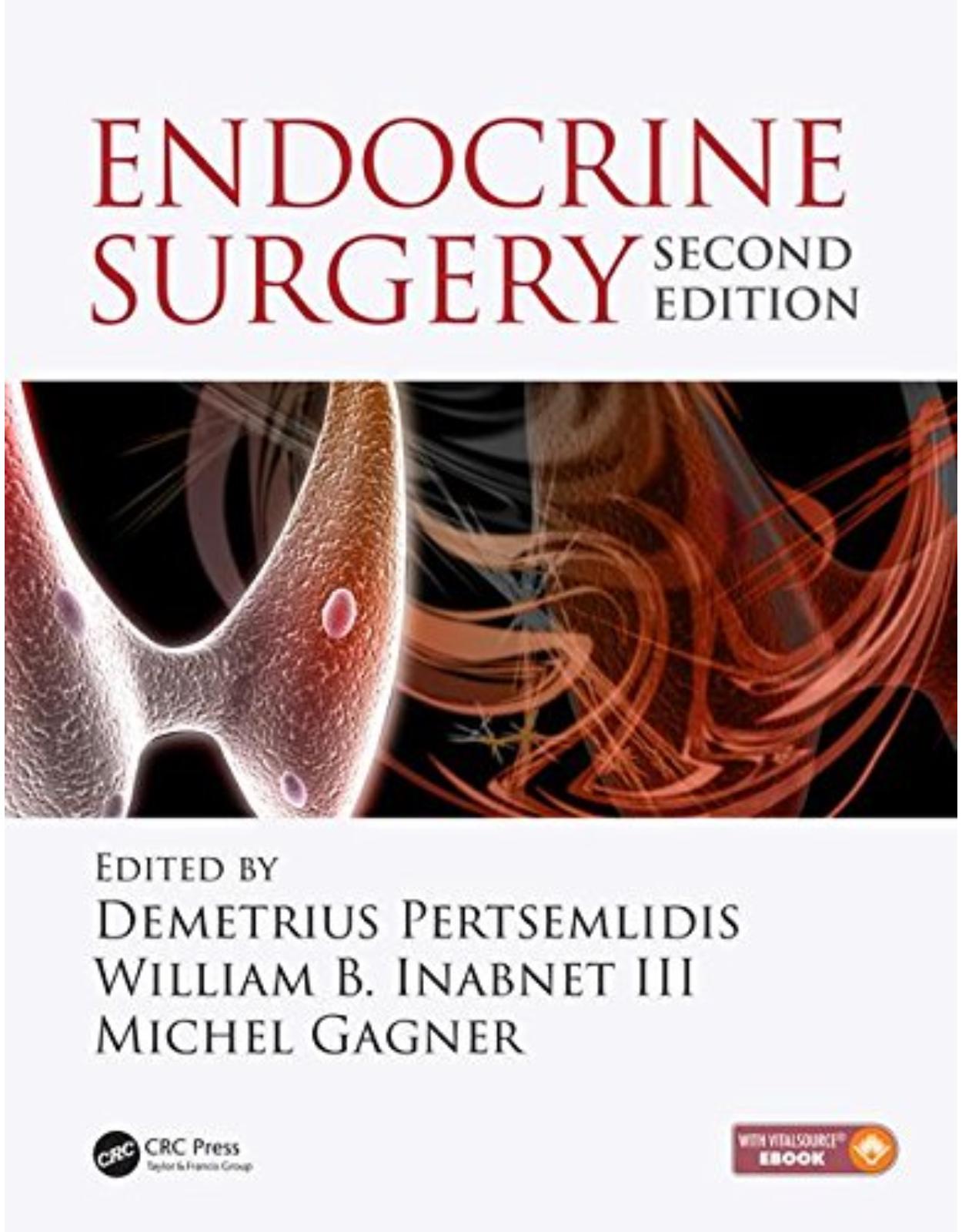
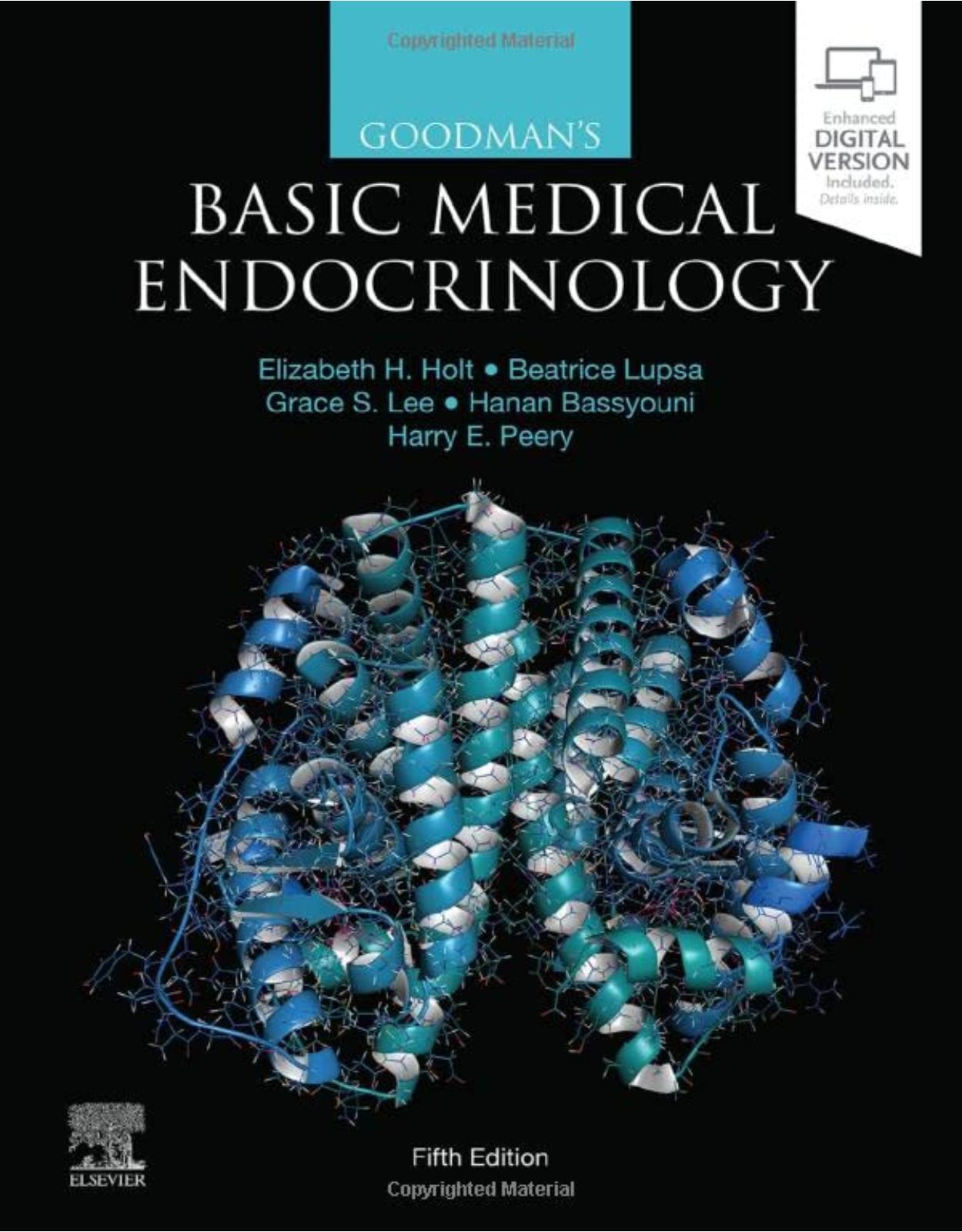
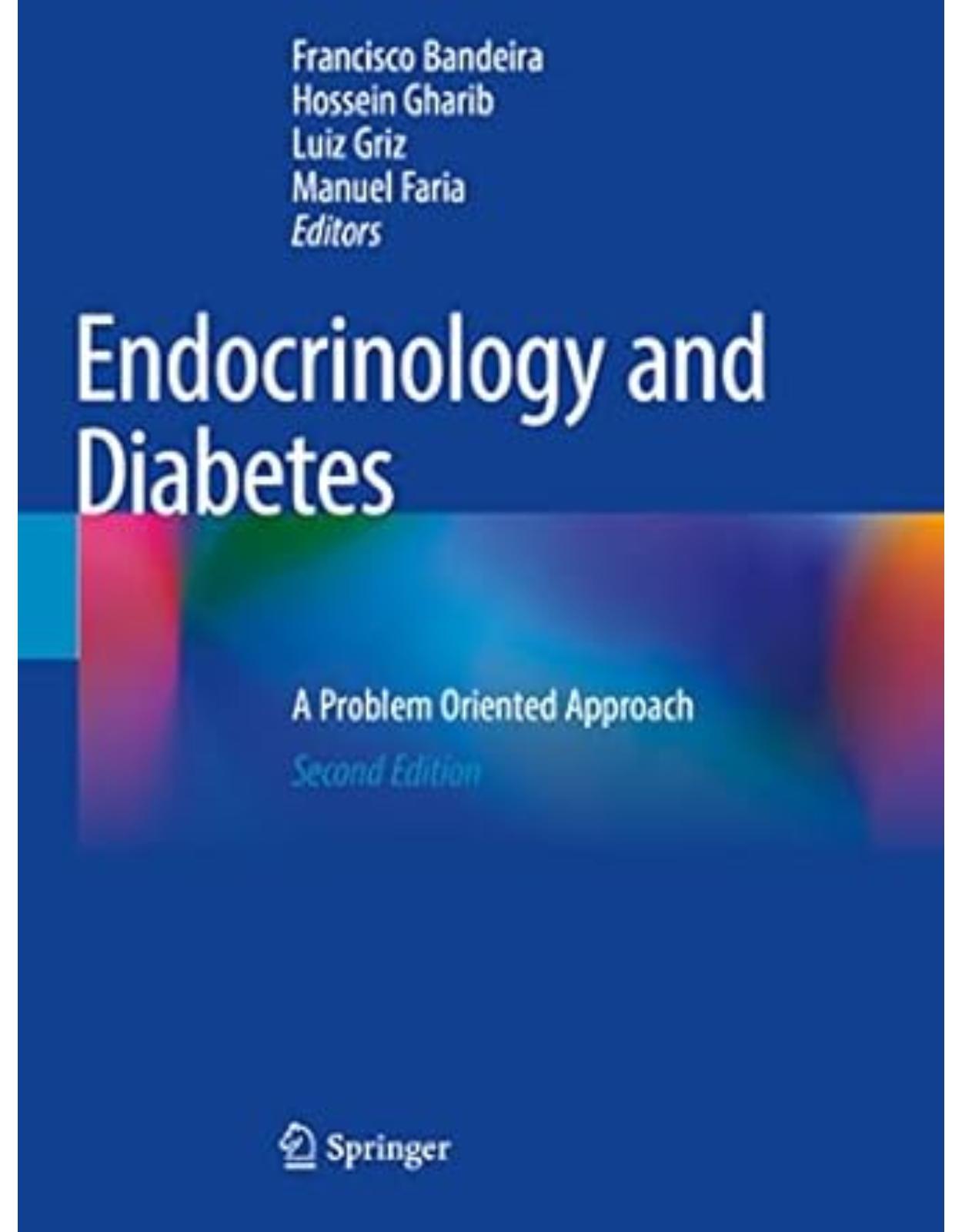
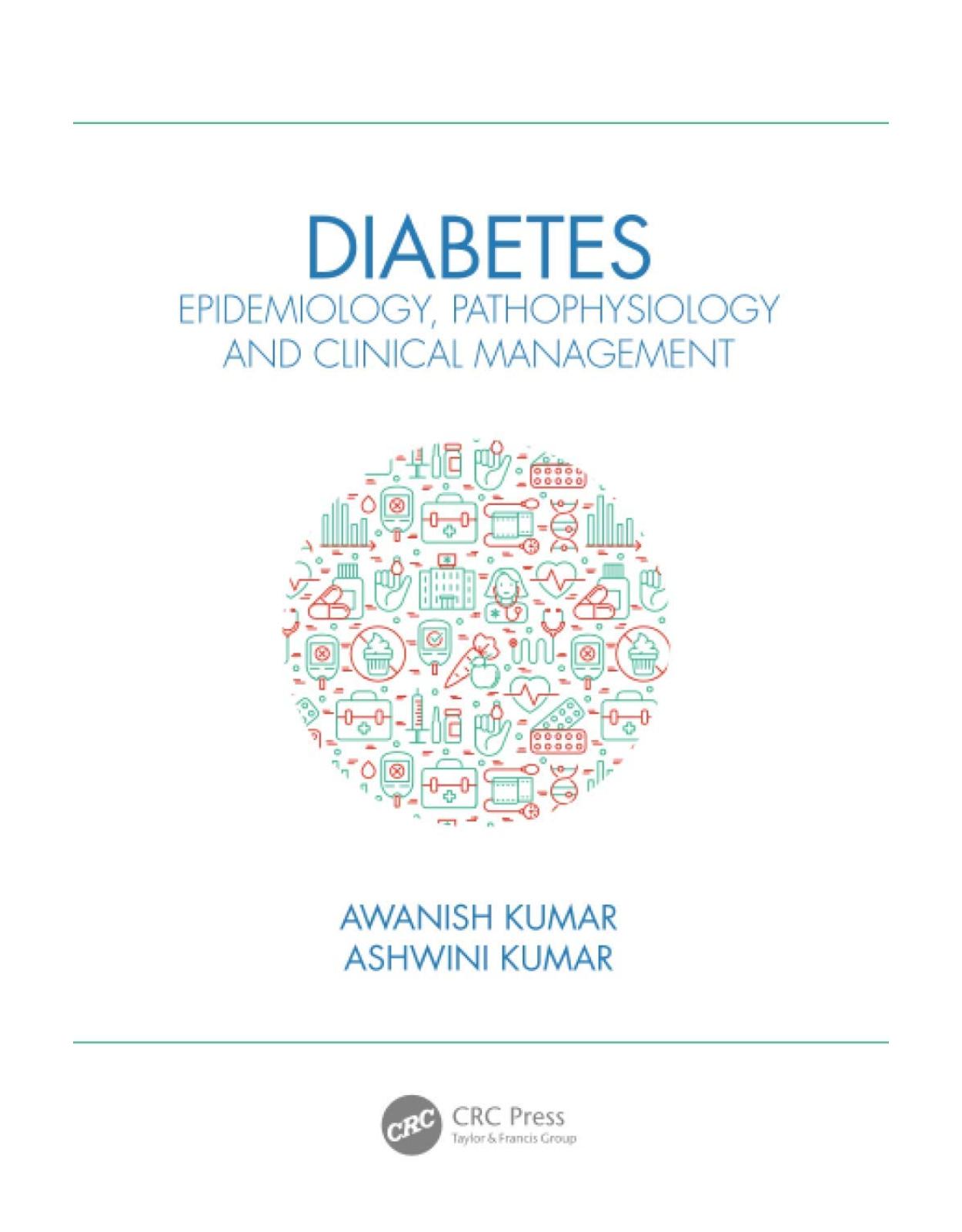
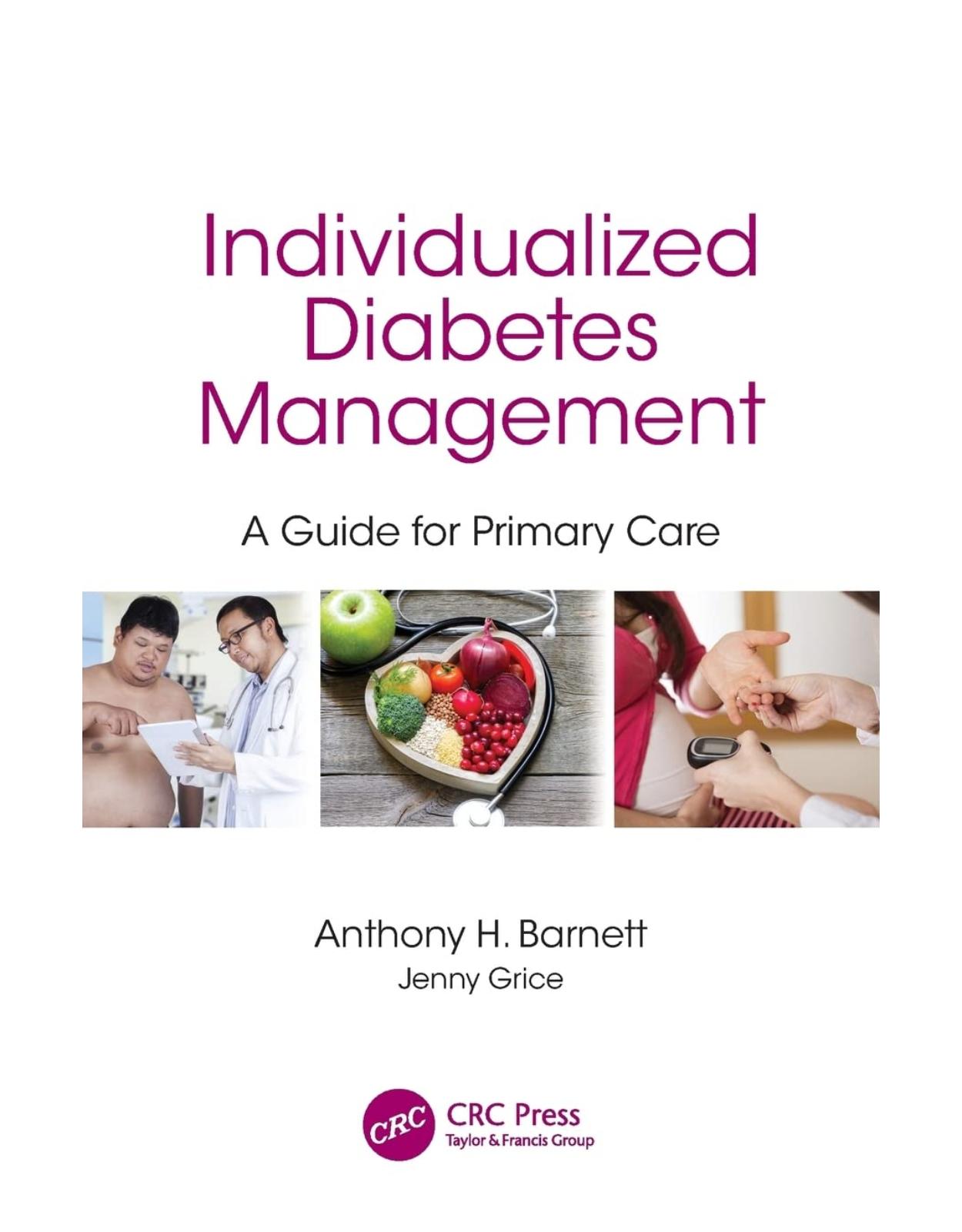

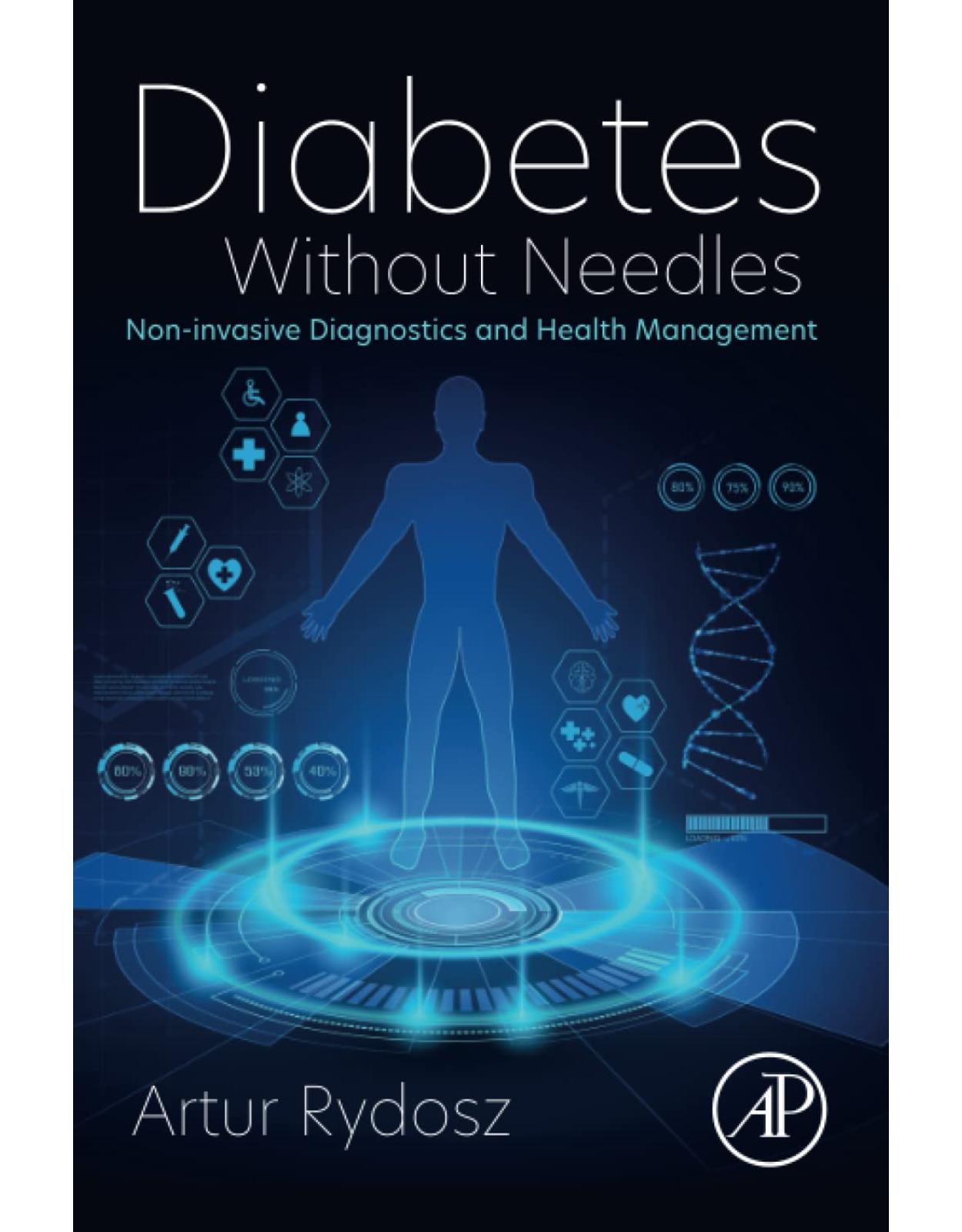
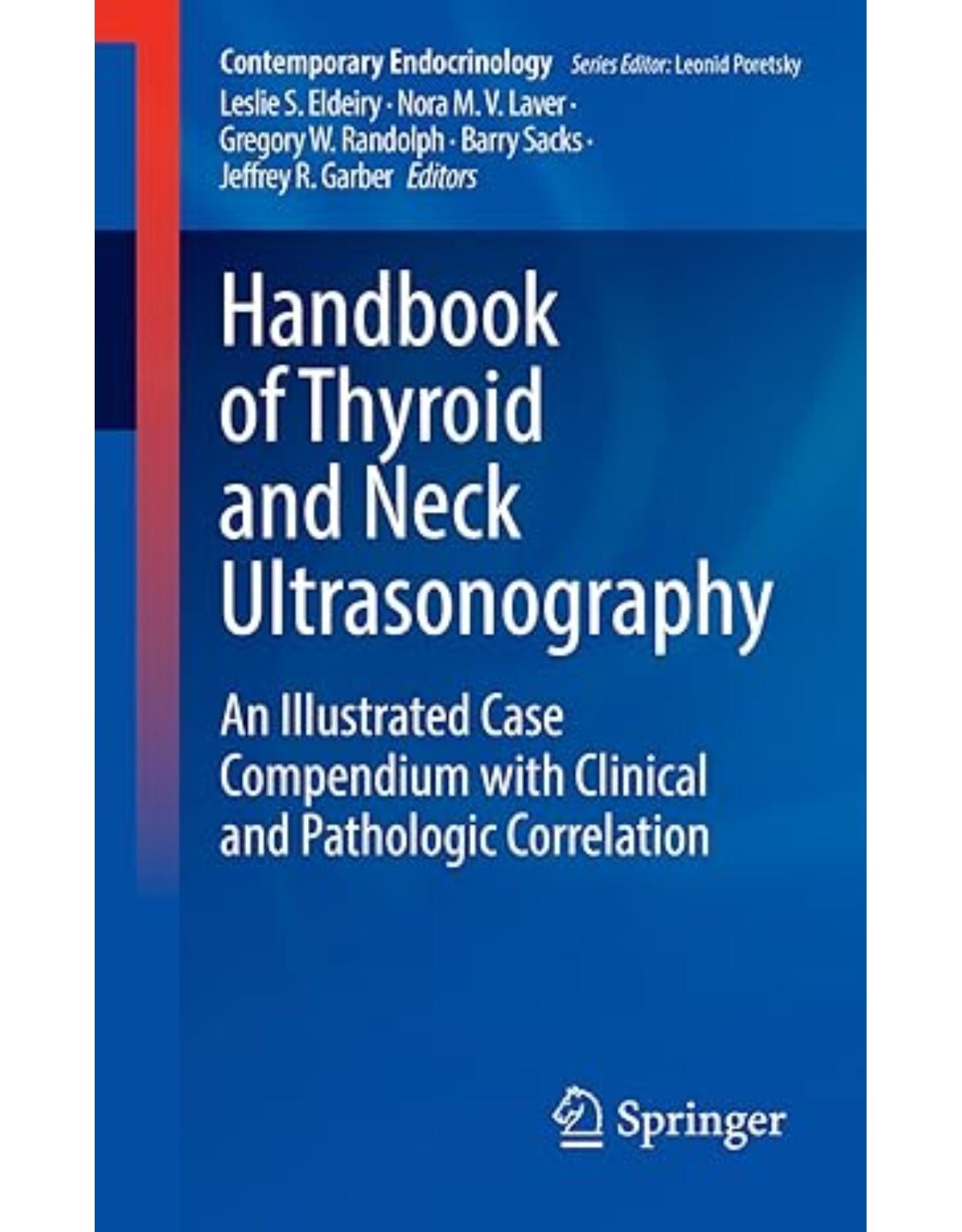
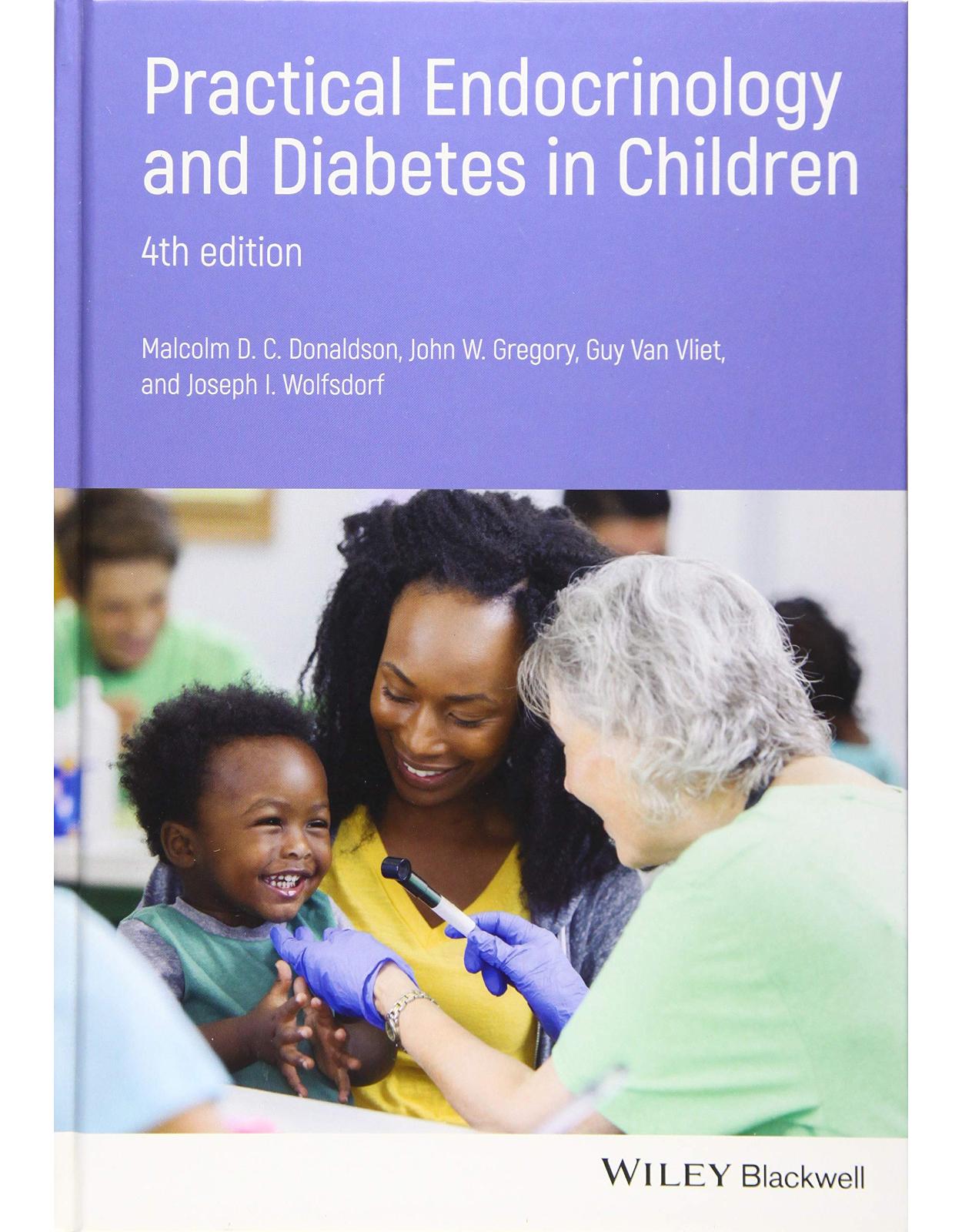

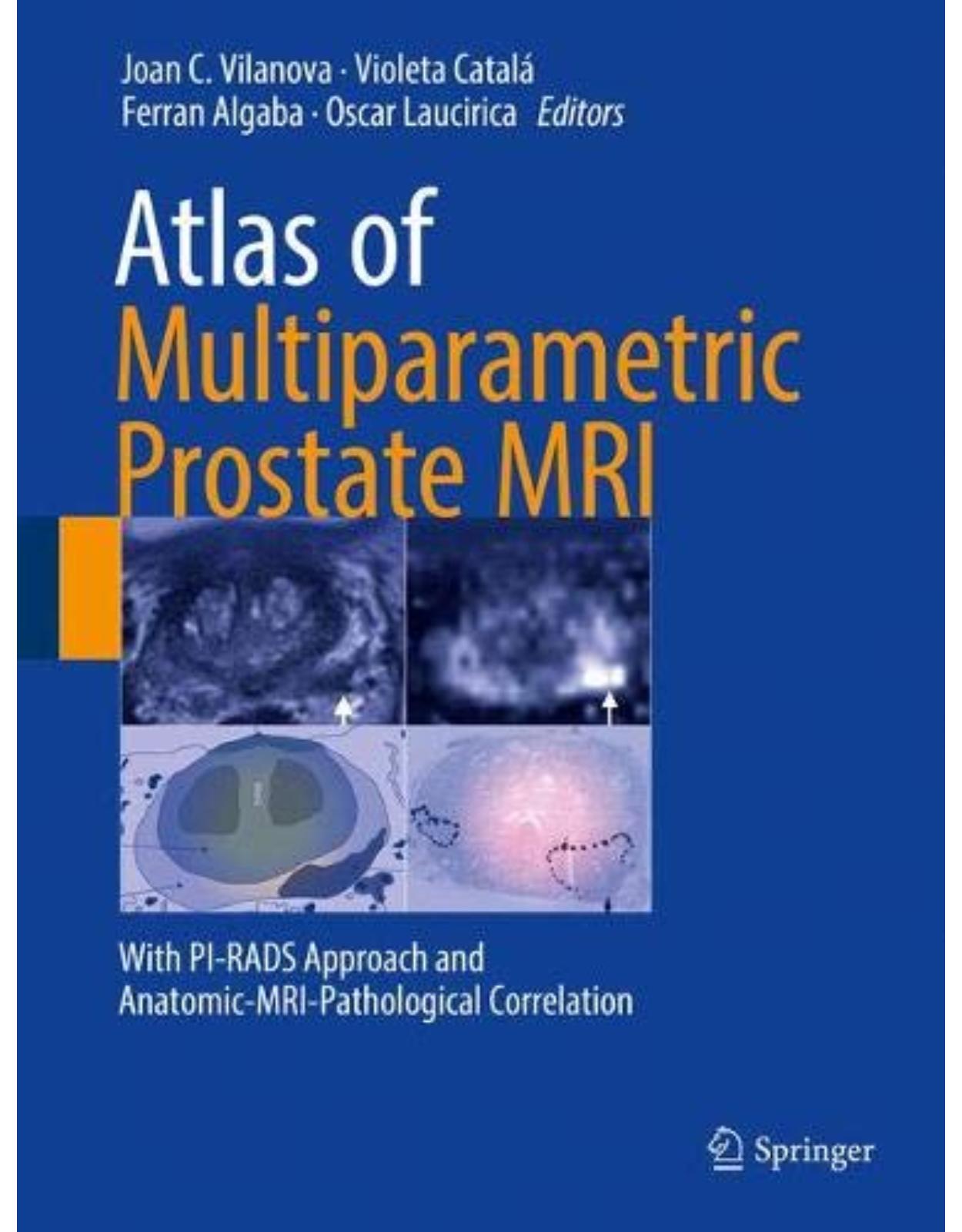
Clientii ebookshop.ro nu au adaugat inca opinii pentru acest produs. Fii primul care adauga o parere, folosind formularul de mai jos.